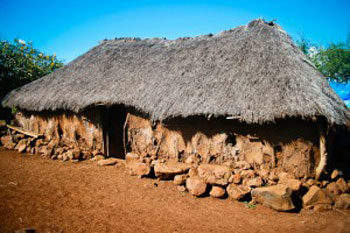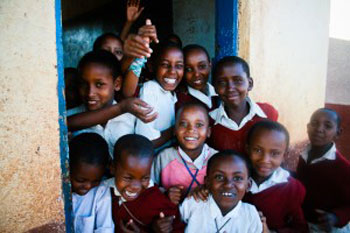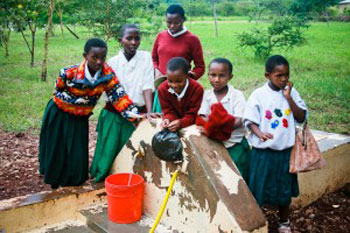Tanzania
Economic Overview
Tanzania is one of the poorest countries in the world. The economy depends heavily on agriculture, which accounts for about half of GDP, provides 85% of exports, and employs 80% of the work force. Topography and climatic conditions, however, limit cultivated crops to only 4% of the land area.
Industry traditionally featured the processing of agricultural products and light consumer goods. The World Bank, the International Monetary Fund, and bilateral donors have provided funds to rehabilitate Tanzania’s out-of-date economic infrastructure and to alleviate poverty. Growth in 1991-2002 featured a pickup in industrial production and a substantial increase in output of minerals, led by gold. Oil and gas exploration and development played an important role in this growth. Recent banking reforms have helped increase private sector growth and investment. Continued donor assistance and solid macroeconomic policies supported real GDP growth of more than 5.2% in 2004.

Education
Tanzania’s education system has three different levels: basic, secondary and post secondary. Basic education consists of one year of pre-primary education and seven years of primary education. Secondary education consists of four years of junior secondary education and two years of senior secondary education. Children at Tanzania’s post secondary level of education spend three or more years in school.
The education system in Tanzania is viewed as the source of livelihood options. An education provides people with skills, confidence and access to further training. Typically, those who are educated have better access to employment, can be self-employed, have a better chance of a consistent income and better access to health care and nutrition.
From independence to the 1990s, the numbers of children with any formal education widely varied between 10 and 50 percent. But recent government programs have dramatically increased the number of students attending primary schools.
Fee-supported secondary attendance has usually been between 3 and 4% of eligible students and college enrollment approximately 1% of the potential population. There has recently been a modest increase in secondary attendance.

Location
Tanzania is in Eastern Africa, bordering the Indian Ocean, between Kenya and Mozambique. The Kibaoni Primary School is located approximately 75 kilometers west of Arusha, about 19 kilometers east of the town of Karatu.

Geography
Tanzania’s area is 945,087 sq km, slightly larger than twice the size of the state of California. The terrain consists of plains along coast, a central plateau with highlands in the north and south. The climate varies from tropical along coast to temperate in the highlands. Tanzania’s lowest point is at the Indian Ocean, 0 m; its highest point is Africa’s highest peak, Mt. Kilimanjaro standing at 5,895 m. Tanzania is bordered by three of the largest lakes on the continent: Lake Victoria (the world’s second-largest fresh water lake) in the north, Lake Tanganyika (the world’s second deepest) in the west, and Lake Nyasa (Malawi) in the southwest.

Population
Approximately 40.2 million people live in Tanzania. Life expectancy is around 51 years. 44% of the population is under 14 years of age. Birth rate is on average 5.15 per woman. 8% of the population is believed to have HIV/AIDS. Literacy rate is just over 78%.
Languages
Kiswahili or Swahili is the country’s official language, English (primary language of commerce, administration, and higher education), Arabic (widely spoken in Zanzibar) and many local languages.
Ethnic Groups
Mainland Tanzania – native African 99% (of which 95% are Bantu consisting of more than 130 recognizable groups), other 1% (consisting of Asian, European and Arab).
Religion
Christian 30%, Muslim 35% and indigenous beliefs 35%.

